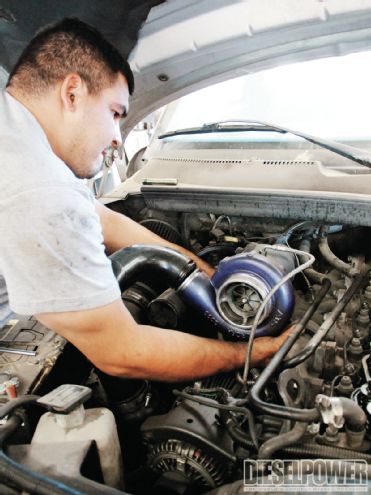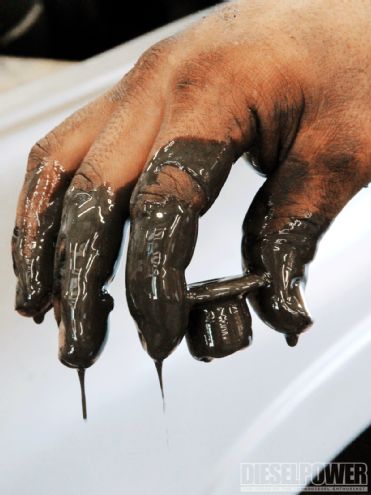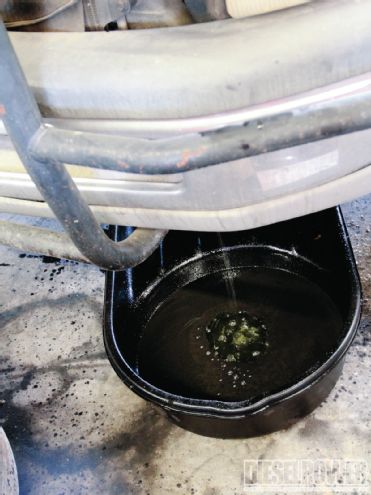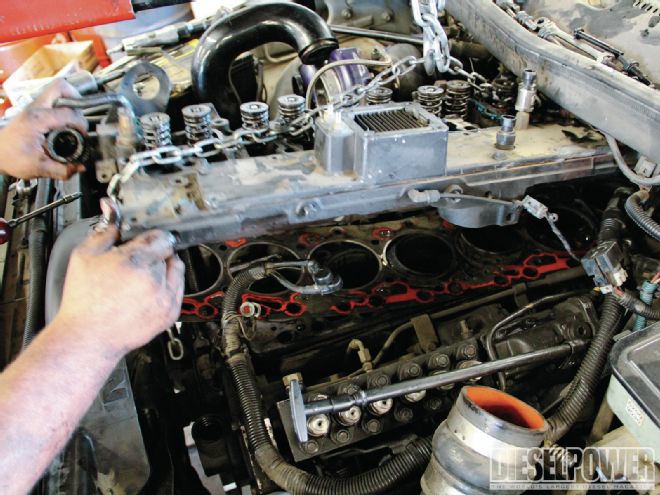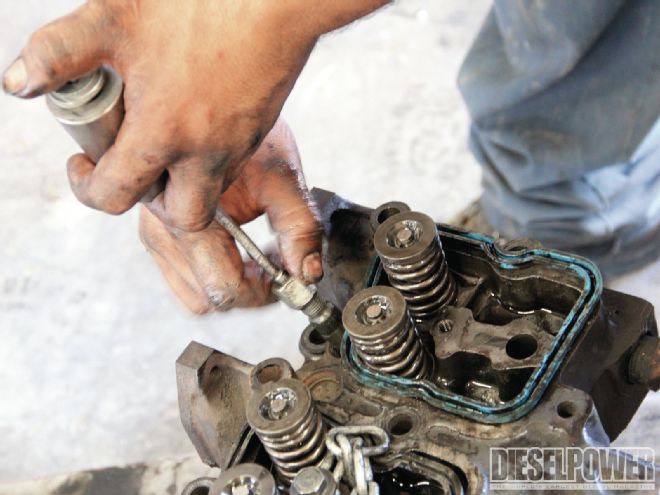The modern diesels that ushered in the performance age of compression-ignition trucks are getting older. Not only that, but many have also lived at modified levels for many years, leading to a harsher-than-intended life. Not surprisingly, one of the first parts to fail after years of heavy use is the head gasket—the part responsible for sealing all that combustion pressure. While 6.0L Power Stroke–powered Fords are notorious for blowing head gaskets, Dodges and GMs are catching up. More and more high-mileage Duramaxes are starting to pop, and early Cummins engines are also prone to failure. So what to do?

| Cummins 6bt Head Gasket
"Well, it still has compression. Guess you didn’t hurt it as bad as you thought!
— Erick Brown"
Well, in a three-part series, we’re going to cover a Cummins, Duramax, and Power Stroke head gasket swap and show you what’s involved in each case. We’ll show what specialty tools are needed, how many hours a shop might charge to do the job, and any glitches we run into along the way. For now, we’re starting with our 564-rwhp,’95 Dodge Ram project truck known as Triple Threat, which blew a head gasket on a recent trip from Southern to Northern California.
At a Glance, Cummins Head Gasket
Shop Labor: 10 hours
Specialty Tools: Engine hoist, injector puller
Must Have: Re-surfaced head
Nice to Have: Head studs (up to 600 rwhp), fire rings, or O-rings (more than 600 rwhp), block deck surfaced within spec
Most Common Mistake: Not doing a final warm re-torque on the bolts/studs
